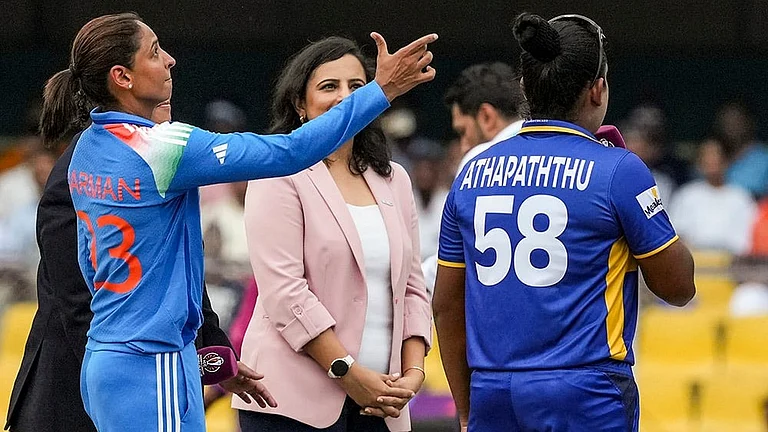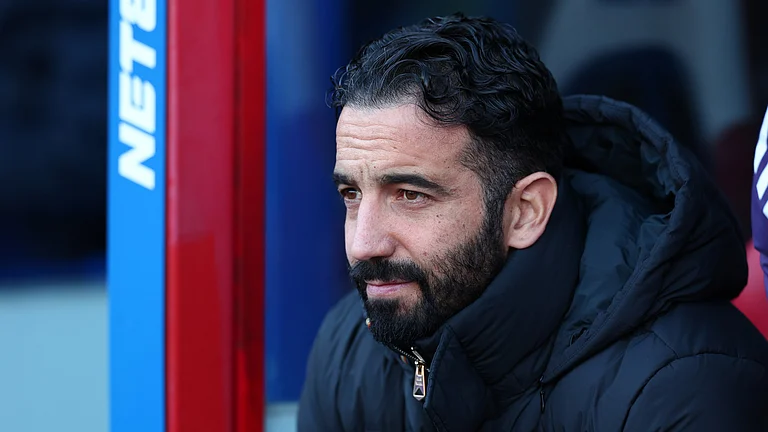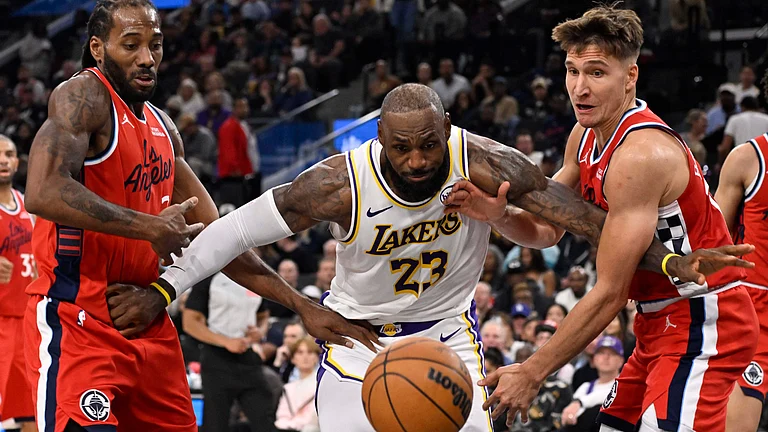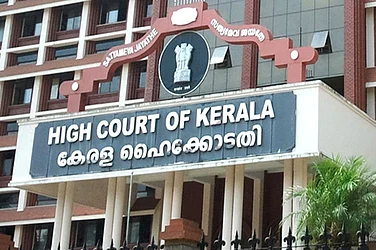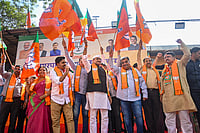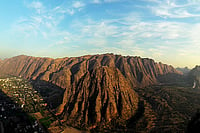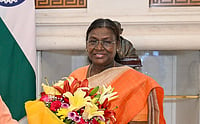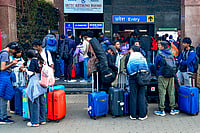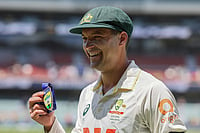IS Calcutta soon going to be the country's biggest media battlefield? The market is rife with the buzz that three of the biggest newspapers in the country—The Times of India, The Hindu and The Indian Express—will be launching Calcutta editions in the next few months. None of the three would admit it officially, but media watchers are categorical that The Times is moving towards a launch in January or February, and that the Express top brass are thinking seriously about the East.
Says Amitabha Datta, vice-president, The Telegraph, one of the city's two leading English dailies: "We heard that TOI wanted to come in in November, but now we hear they've postponed the launch till January. We, of course, welcome the competition. It will give readers wider choice and the better paper will succeed." Says Ravindra Kumar, managing director, The Statesman: "We are gearing ourselves up. We are adding value to the paper: we will soon have a supplement to the paper almost every day."
The potential new entrants may have sniffed an opportunity in The Asian Age's success in the city: the M.J. Akbar-edited paper has already logged a lakh-plus circulation in around two years. The Age, of course, has not been able to get advertising support, but a paper like the TOI or the Express may not face the same problem.
Advertising agencies, however, are sceptical. Says Gopinath Menon, media director, Chaitra Leo Burnett: "In terms of business revenue, the add-on benefit to TOI would only be about Rs 150 to the current ad rate of Rs 3,000 per column cm for all editions. So it would make no difference to the bottomline. In the case of Express, with 30-40,000 additional circulation in Calcutta, the add-on will be Rs 150-200. Doesn't make business sense." Also, there's not much advertising revenue that's generated out of Calcutta. ITC, Exide Industries, Eveready Industries and G.D. Pharmaceuticals, makers of Boroline, are almost the only big ad spenders left in the city. Menon also feels that the Calcutta consumer is a peculiar breed, unmoved by the siren songs of flashy global brands. "Even Indore gives a better feedback to advertising than Calcutta," he says. "Calcutta is the only metro where you get 5 paise change back on your purchases."
Others, however, see a different angle and a strong reason to the TOI's interest in Calcutta. TOI's most intense battle is currently in Delhi, against market leader Hindustan Times. TOI has been narrowing the gap over the last few years. For instance, in January-June 1996, TOI had a circulation of 348,446 in Delhi, 112,000 behind HT's. In the next six months, TOI grew faster, and was only 85,000 behind HT's 502,729. However, according to sources, a significant percentage of TOI's Delhi dateline papers are distributed elsewhere and if TOI was printed from Calcutta, the Delhi edition would lose about 45,000 of circulation increasing the gap with HT.
So why does TOI want to go east? Because there could also be an opportunity here. A senior executive in a rival group is pretty sure that TOI will print in Calcutta with a Delhi dateline. This way, the additional circulation it gets in Calcutta will be added to its Delhi figures. Also, printing in Calcutta for the East Indian states will cut freight costs significantly and add to the bottom-line. "Forwarding costs to markets like Orissa and Assam from Delhi, which they are doing right now, are pretty high," says the executive. And of course, the paper will add on circulation, since Eastern Zone readers will get TOI at 6 am instead of 6 pm. "The other attraction for East Zone readers will be the TOI's appointments pages which are truly national," says a Calcutta marketing executive. "But TOI may cannibalise Economic Times Calcutta's appointments pages."
Will the Bengali bite the bait? Advertisers won't, feels Menon. "A typical Delhiwallah is a Maruti-driving, Pan Parag-chewing, Baba Sehgal-patronising, flashy and pompous creature," he says. "If he gets Rs 30,000, his first instinct may be to go buy a 29" TV. He is the adman's delight. But a Calcuttan is very down-to-earth and very very conservative. He has a strong cultural ethos and his values are totally different. He would watch theatre more than movies. Just look at the satellite TV penetration fig-ures. Delhi has a penetration rate of 54 per cent, Ahmedabad 65, Mumbai 55-60, and Calcutta a mere 21 per cent. And English newspaper readership would be just 8 to 10 per cent of the total readership." So is that a market with enormous potential for expansion, or is that a wall against which marketers can only beat their heads in vain?








